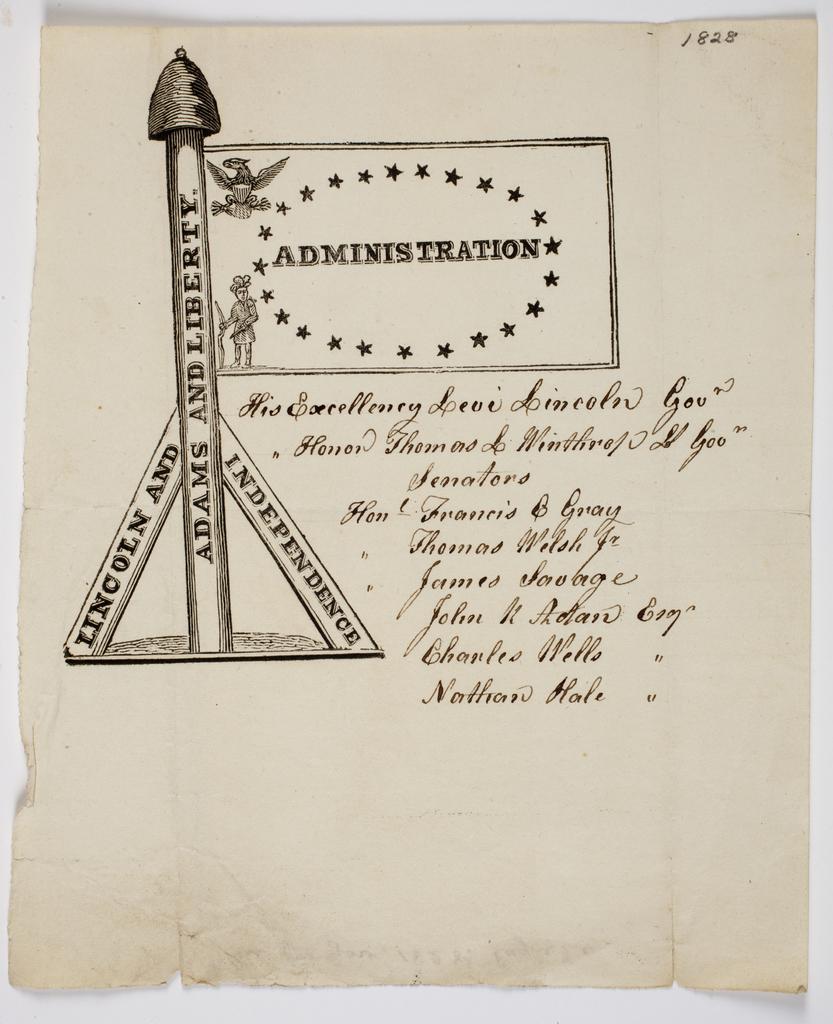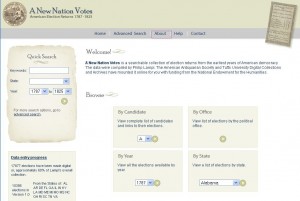Hello fellow citizens,
As we vote today, here is a look back 200 years. In 1812 there were eighteen states and the voting cycle ran from October 30, when four states voted, until December 1, when South Carolina was the last to choose its electors.
Image from a later Civil War era election, How free ballot is protected! (Boston, 1864) AAS record
Of the eighteen states in 1812, nine had popular vote of electors and nine where chosen by the state legislatures. There were three candidates; James Madison was the Republican (Jeffersonian) and incumbent, DeWitt Clinton was supported by a coalition of Federalist and Anti-War Republicans, and in mid-October some Federalist who did not like DeWitt Clinton decided to run a purely Federalist ticket supporting Rufus King of New York and William Davie of North Carolina.
The main issues were the War of 1812 (we were grossly unprepared), taxes (war is expensive) and the economy (the British naval blockade was costing the country needed revenue with many jobs being lost).
The October state elections had looked very gloomy for the Republicans, and the presidential election came down basically to three states: Pennsylvania, North Carolina and Vermont. If any two of these went Federalist, then DeWitt Clinton would be elected. In the end, all three went for James Madison and the final vote in the Electoral College was James Madison 128 and DeWitt Clinton 89.

Voting was very complicated in 1812, as there were a variety of election methods. States could choose electors At-Large, by districts with single or multiple candidates and legislative choice. Voters in all states had to write out the names of the candidates and they had to be spelled correctly. Abbreviating a first name (Wm. Thos., etc.), omitting the Jr., a middle initial, or incorrect spelling would send your vote to the scattering pile.
Voting is the backbone of Democracy and hopefully all will engage in this process.
Learn more about early American election returns at A New Nation Votes.


